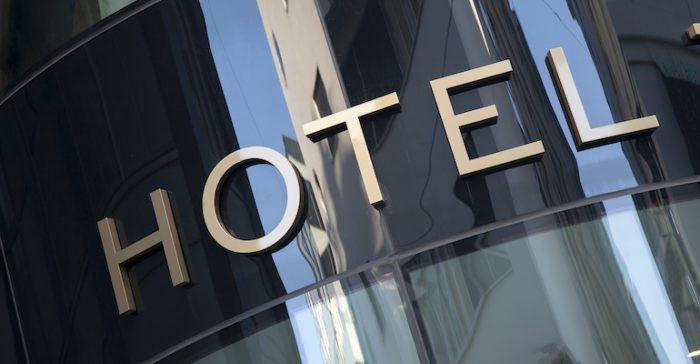First all-in-one CO2 heat pump at hotel saves up to 69% energy
This article was originally posted on R744
After six months of operation in a Norwegian hotel, an all-in-one CO2 heat pump saves 59-69% of energy compared to an electric boiler, Silje Marie Smitt from the Norwegian University of Science and Technology (NTNU) told participants in the 8th IIR Conference on Ammonia and CO2 Refrigeration Technologies in Ohrid last week.
The combined CO2 heating, air-conditioning and hot-tap-water system with integrated thermal storage is a promising solution for the hotel sector.
Until mid-2018, the heating system at the Scandic Hell Hotel in Trondheim, Norway (established in 1987) consisted of an electric boiler (for base load coverage) and an oil boiler (to cover peak loads). In June 2018, a research team led by NTNU’s Prof. Armin Hafner replaced the outdated system with a CO2 heat pump to provide space and water heating as well as air conditioning.
Performance data for the CO2 heat pump in October-December 2018 showed energy savings of 59-69% compared to the previous heating system. “With increased interest from the Scandinavian hotel industry in environmentally friendly thermal energy systems, this case study demonstrates a real potential of CO2 to reduce energy and power consumption in this sector,” said Smitt during her presentation.
Hotels in Norway consume an average of 240 kWh/m2 energy annually, 60% of which is used for hot water and space heating. Thanks to the CO2 -based system, Smitt expects the specific heating energy consumption at the Trondheim hotel to be considerably lower than the Norwegian average of 144 kW/m2, reaching about 55-65 kWh/m2 in 2019.
CO2 system design
The heat pump design is based on a typical single-stage supermarket refrigeration unit equipped with heat recovery. The system comprises four parallel compressors, one of which is equipped with a variable speed drive. The CO2 heat pump uses up to four 50 kW air evaporators. In case of simultaneous cooling and heating demands, it is possible to recover heat from a chilled water heat exchanger for air conditioning. The combination of the chiller unit and the heat pump has a double benefit – improving overall system efficiency and satisfying the heating needs of the hotel.
The system delivers heat to secondary hydronic circuits through two gas coolers in series, in order to reduce thermodynamic losses by temperature adaptation towards specific heating demands. Within the secondary system, heat is distributed to ventilation, radiators, hot tap water and alternatively an evaporator defrost loop. This is achieved by rejected heat in a configuration that ensures a low CO2 gas cooler outlet temperature before expansion.
Background
The 8th International Conference on Ammonia and CO2 brought together around 180 participants from research, academia and industry at the lakeside resort of Ohrid, North Macedonia on 11-13 April 2019. Renowned experts presented a total of 51 papers, including on the latest technical advancements for CO2 and ammonia-based systems.
This year’s edition of the conference, which takes place every two years, registered the highest number of participants and papers in its history, demonstrating a significant growth in interest in natural refrigerant-based technologies.
